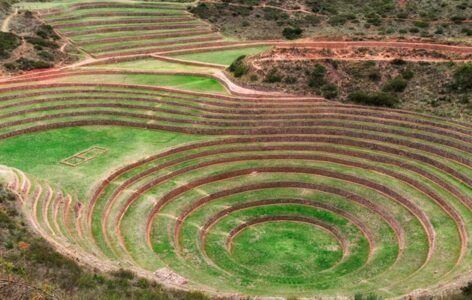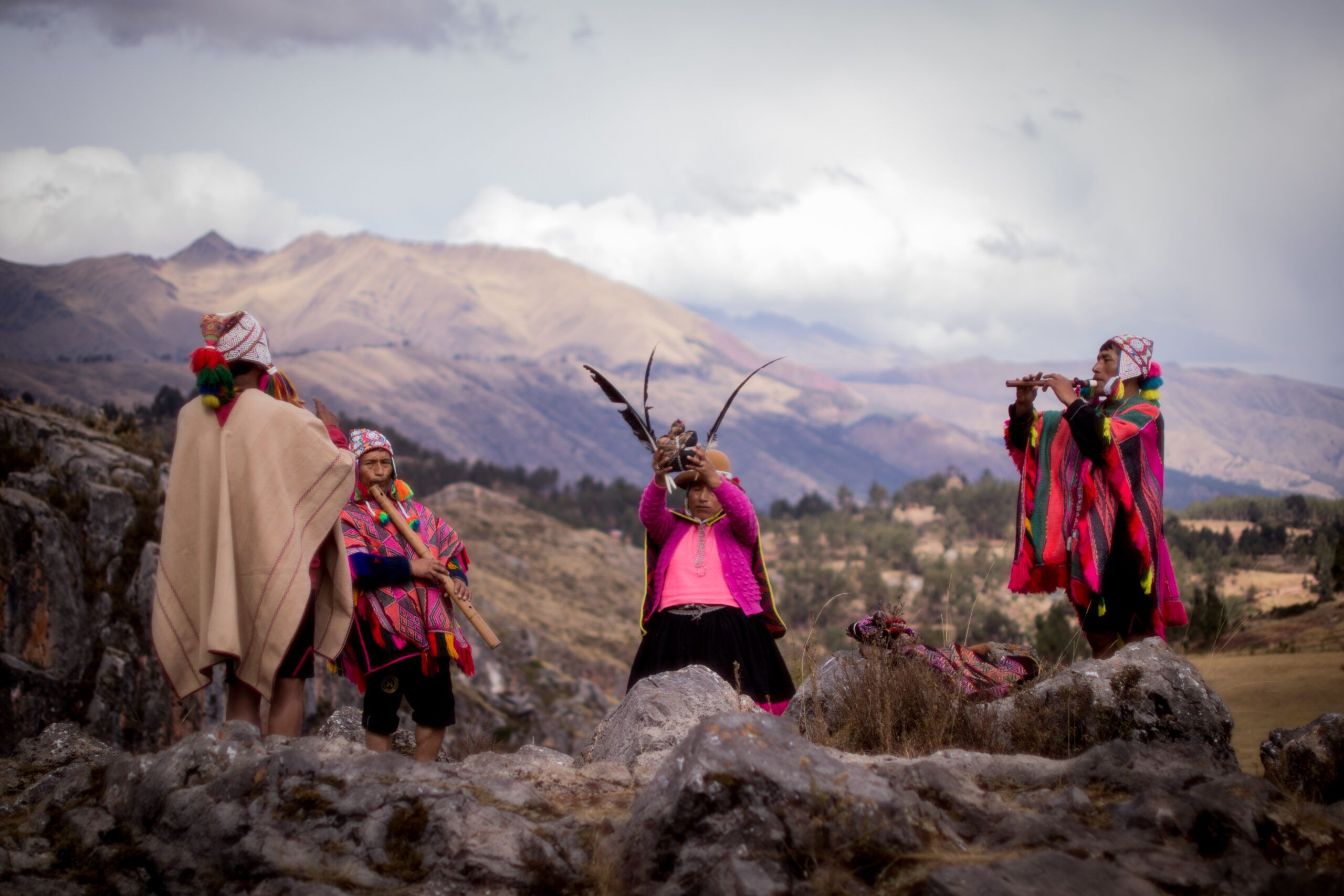Deep in the heart of the Peruvian Andes, a graceful and symbolic dance brings to life the beauty of highland wildlife: the Ganzo Andino or Huallata dance. This traditional performance, inspired by the Andean goose (huallata in Quechua), is a vibrant expression of the deep connection between Andean communities and their natural environment.
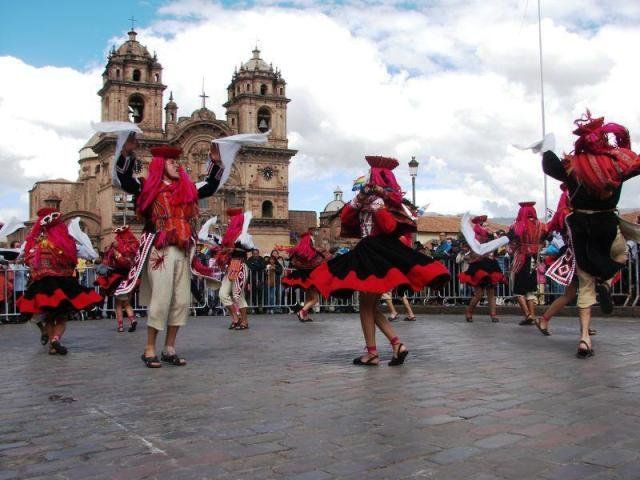
Performed primarily in the Cusco and Puno regions, the Ganzo Andino dance is a highlight of agricultural festivals and religious celebrations, embodying themes of fertility, migration, and harmony with nature.
The Ganzo Andino Origins & Cultural Significance
The Huallata dance has its roots in pre-Columbian Andean traditions, where animals played sacred roles in cosmology and daily life.
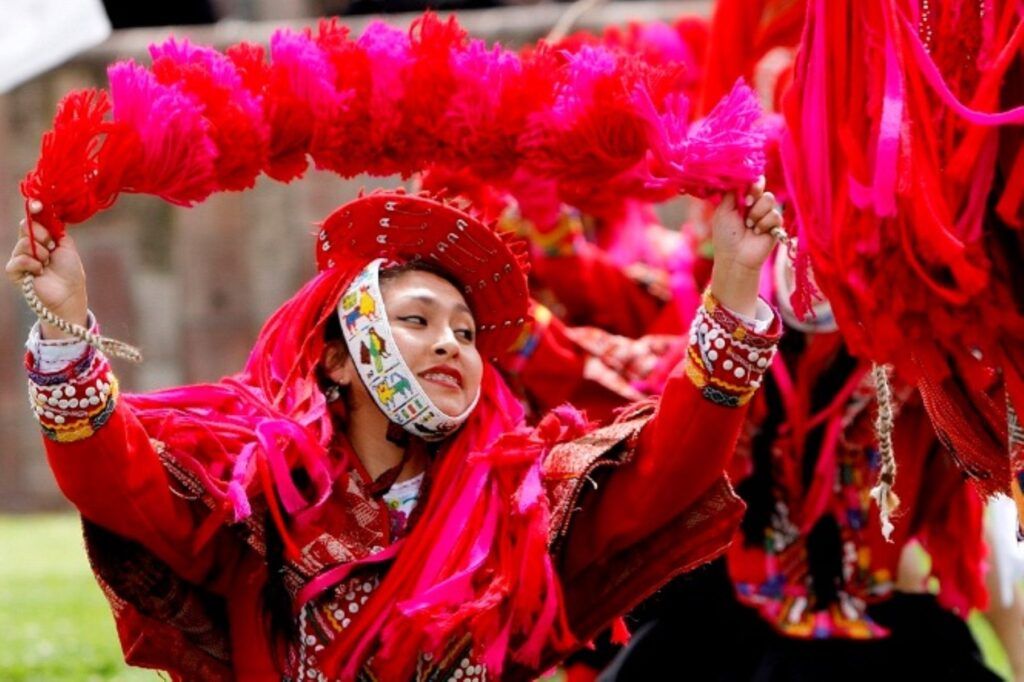
Key Symbolism
- The Andean Goose (Huallata): A migratory bird that symbolizes the changing seasons and agricultural cycles.
- Fertility & Abundance: The dance often represents prayers for good harvests and healthy livestock.
- Connection to Water: The huallata is associated with lakes and rivers, sacred elements in Andean culture.
According to ethnographer Jorge Flores Ochoa (1990), these animal-inspired dances were part of Inca rituals honoring Pachamama (Mother Earth) and the Apus (mountain spirits).
Dance Characteristics & Performance of Ganzo Andino
The Huallata is a playful yet elegant dance, mimicking the movements of the Andean goose.
A. Costumes & Props
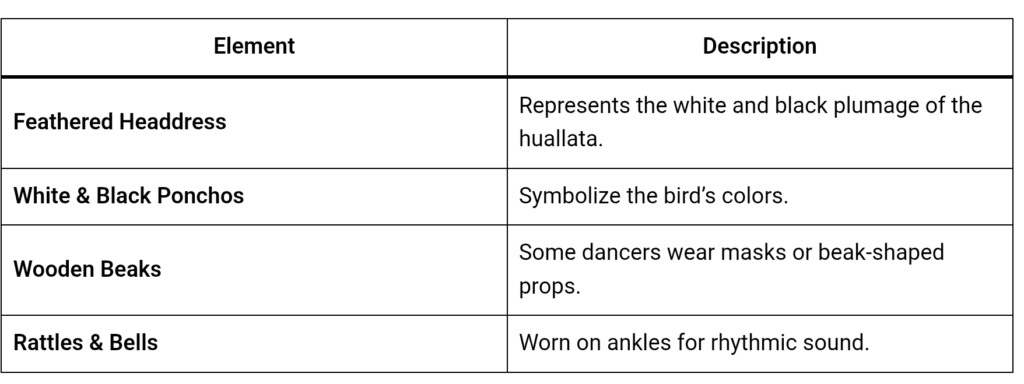
B. Music & Choreography
- Instruments: Zampoñas (panpipes), tinyas (small drums), and quenas (Andean flutes).
- Movements: Dancers imitate the bird’s waddling walk, wing-flapping motions, and playful interactions.
C. Occasions for Performance
- Qoyllur Rit’i Festival (Cusco) – A pilgrimage honoring snow-star spirits.
- Fiesta de la Candelaria (Puno) – One of Peru’s largest folkloric celebrations.
- Harvest Festivals – Celebrating potato and quinoa harvests in rural communities.
The Ganzo Andino Today: Preservation & Challenges
Despite its cultural richness, the Ganzo Andino faces challenges:
- Loss of Tradition: Younger generations in urban areas are less familiar with the dance.
- Tourism Influence: Some performances are simplified for tourist shows.
However, efforts are being made to revitalize the tradition:
- Cultural Workshops: Teaching the dance in schools and community centers.
- Folkloric Festivals: Showcasing authentic performances.
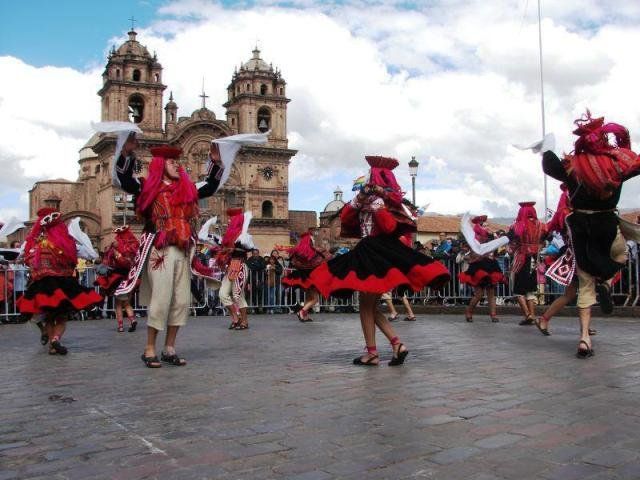
In 2018, the Peruvian Ministry of Culture recognized the Ganzo Andino as part of Peru’s Intangible Cultural Heritage.
References
- Flores Ochoa, J. (1990). El Cuzco: Resistencia y Continuidad de la Cultura Andina. CBC.
- Mendoza, Z. (2000). Shaping Society Through Dance: Ritual Performance in the Peruvian Andes. University of Chicago Press.
- Peruvian Ministry of Culture (2018). Declaratoria del Ganzo Andino como Patrimonio Cultural Inmaterial.

